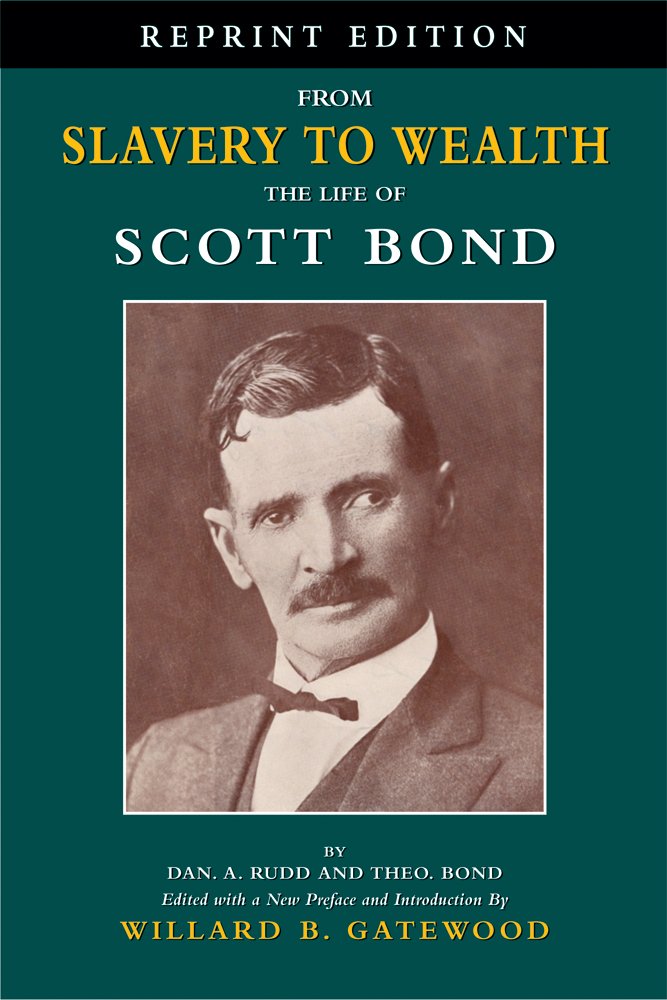Passing for Black in Seventeenth-Century Maryland
Chapter in:
Interpreting the Early Modern World: Transatlantic Perspectives
Springer
2011
246 pages
eBook ISBN: 978-0-387-70759-4
Hardcover ISBN: 978-0-387-70758-7
Softcover ISBN: 978-1-4614-2709-4
Edited by: Mary C. Beaudry and James Symonds
Chapter Authors:
Julia A. King, Associate Professor of Anthropology
St. Mary’s College of Maryland
Edward E. Chaney

In the Chesapeake region of the United States, archaeologists (including ourselves) typically organize the men and women who made up colonial society into one of three categories: European, African, or Native American. Although these three categories at one time were conflated with skin color, today, they are conceived primarily (although not always) in terms of ancestry or origin. Archaeologists have used these categories to document and interpret social life in the seventeenth and eighteenth centuries and to understand the nature and origins of altitudes toward difference, especially racial and ethnic difference. The best of this work has revealed a range of responses to post-Contact life in the region. Enslaved Africans, for example, were able to use material culture to exert some control over their material and spiritual lives. Many Chesapeake Bay Indians maintained traditional practices long after the arrival of English men and women, while others did not. Meanwhile. English men and women were doing their damndest to transplant English ways of life to the region, usually, but not always, with considerable success.
Indeed, the use of the terms European, African, and Indian to frame Chesapeake history has often served as a counterbalance to the work of the region’s very productive social history school, which focused the majority of its scholarly attention on the experiences of the English colonists who made their way to Maryland and Virginia in the seventeenth century. This work, which has contributed enormously to Chesapeake historiography, has, with some important exceptions, had the unintentional effect of displacing and even erasing the indigenous and African people who were also a part of this history. Putting Native Americans and Africans back into the landscape was a necessary corrective to what was then shaping up to be a wholly European story. The cure, however, while not worse than the disease, raises its own issues concerning the study of racial and ethnic difference. European, African, and Indian have become fixed, unchanging, a priori categories of identity, givens rather than problems for study. Not only do the categories mask considerable variability, they ignore how these identities themselves came to be constructed, and how these identities, then and now. subtly reinforce colonial hierarchies through the use of imposed identities (sec Epperson. 1999 for an early critique).
That such assumptions about race and ethnicity continue to influence the direction of Chesapeake studies is illustrated by the Smithsonian Institution’s recently opened (2009) exhibit. Written in Hone: Forensic Files from the 17th Century. The exhibit’s curators use morphological and metrical measurements collected from Chesapeake skeletons to conclude that “only three groups … were here in the 1600s and early 1700s—individuals of Native American. European, and African origins” (Smithsonian Institution, 2009). The exhibit goes on to list the biological attributes of these “origins” and then quite seamlessly link these attributes to culturally specilied groups. As historian Ken Cohen has pointed out in his review of the Smithsonian’s exhibit for the Journal of American History (2009), such determinations and linkages conflate origin and identity, imposing twentieth- and twenty-first-century racial categories on past groups and. in so doing, “[erasing] multi-racial individuals and cultural adaptations such as ‘passing.'” Cohen concludes that, for the exhibit’s visitors, “the oversimplified treatment of race [will prevent them] from understanding the dynamic experience of the seventeenth-century moment when modern definitions of race were forming but not yet crystallized.”
Cohen’s point is especially well-taken for the seventeenth-century period, when racial categories of identity were not nearly as fixed as they would become in the eighteenth century. And, even in the eightteenlh century, while these imposed categories became increasingly “real” in a social sense, we still have trouble showing how people in this period constructed their own identity. Studies of race and ethnicity in other places have revealed the role of material culture in identity formation. Yet, surprisingly few archaeological studies of the construction of racial categories have been undertaken for the Chesapeake region’s first century of colonization. In Maryland, this is largely because, or at least the argument goes, Africans constituted a small minority of the population through the end of the century. Given the profound influence of the social history school on Chesapeake historiography and its emphasis on a quantitative approach, this argument is not unexpected. The argument is unpersuasive, however, given that the indigenous population, especially in the first century of sustained contact, hardly constituted a minority, and few studies have focused on the emergence of the category Indian in the seventeenth century (but see Potter. 1993).
An important exception is Alison Bell’s (2005) study of white ethnogenesis in the colonial Chesapeake. Using patterns in Chesapeake domestic architecture first identified by Cary Carson (Carson et al.. 1981). James Deetz (1993. 1996). Henry Glassie (1975), and Dell Upton (1982, 1986), Bell concluded that changes in the construction and layout of Chesapeake dwellings through time revealed one strategy by which Anglo-Americans (her term) were able to reconfigure themselves as a new social category they called “white.” As Chesapeake planters began building houses distancing themselves from the men and women who labored on their farms, they continued to use technologies and building designs that required planters to rely on other planters (and “whites”) in a kind of traditional network lo help maintain those houses. Racism, Bell (2005:457) concluded, “slowed the development of capitalism…
Read or purchase the chapter here.









